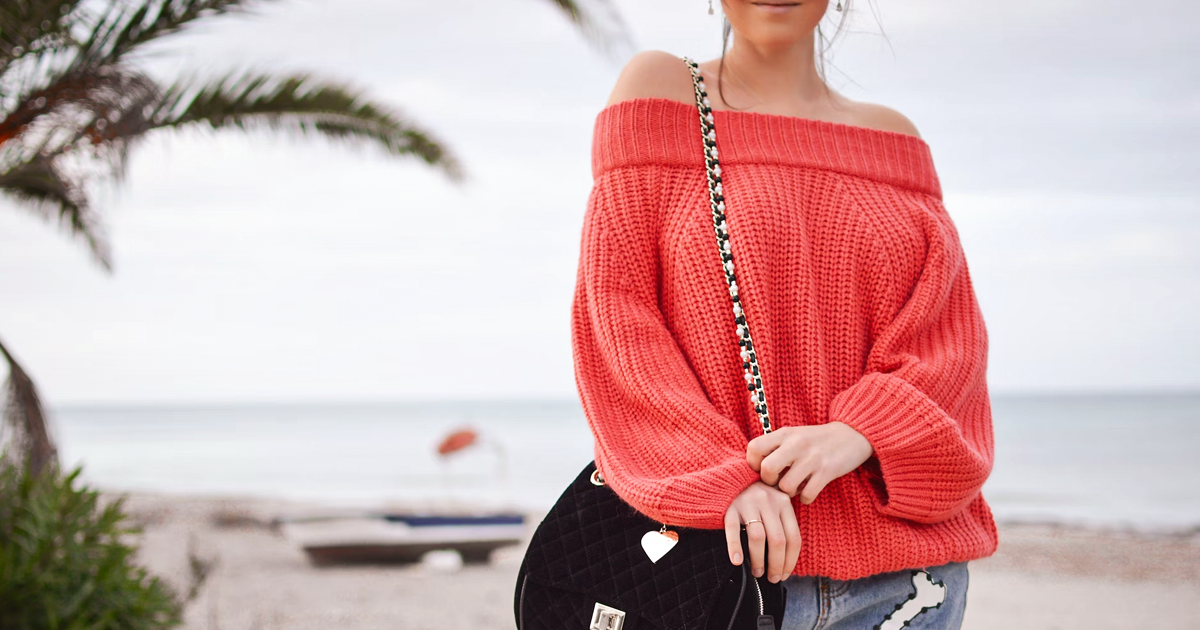
Photo: Tamara Bellis
Choosing the perfect outdoor gear keeps you dry and warm, as well as comfortable and confident. But, where do you actually begin? In this guide, I’ll try to explain everything you need to know to select the ideal apparel for any weather, ensuring your next outdoor experience is unforgettable. So, let’s get started!
- 1. Know Your Weather Conditions
The first step in choosing the right outdoor clothing is understanding the weather. Will it be rainy, windy, or sunny? Each type of weather requires different choices. One of the best ways to start preparing yourself for changing conditions is simply to start layering your clothes.
Begin with a base layer that wicks sweat away from your skin, keeping you dry and comfortable, especially during intense activities like hiking. Next, add an insulating layer to keep you warm when temperatures dip. Finally, complete your outfit with an outer layer – a waterproof, wind-resistant jacket to shield you from the elements.

Photo: Elizeu Dias
- 2. Focus on Comfort and Fit
Comfort is key when choosing outdoor clothes. You want something tight enough, loose enough, and manageable. Your gear should fit well and allow for easy movement, whether you’re hiking, climbing, or skiing. Proper fit ensures you can layer clothes without feeling restricted.
So, when shopping, focus on a relaxed fit that leaves room for layering. Consider sizing up if you plan to wear multiple layers underneath. If you’re between sizes, you may need to alter certain items for a better fit. This way, your clothes won’t feel bulky or restrict your movement.
Additionally, before heading out on long trips, try on your garments and move around in them to make sure they’re comfortable and fit well. This way, you can fully enjoy your adventure without distractions.
- 3. Choose the Right Materials
For your insulating layer, down is a popular choice because of its exceptional warmth-to-weight ratio. However, synthetic insulation can be a better option for wet environments, as it retains warmth even when damp.
Finally, your outer layer needs to be both waterproof and breathable. This is where materials like GORE-TEX come in handy. Jackets made from these fabrics will shield you from rain and wind without making you feel like you’re trapped in a sauna.

Photo: Jack Redgate
- 4. Don’t Forget the Footwear
When selecting footwear, also consider ankle support. For tough, uneven trails, high-cut boots provide extra protection for your ankles, reducing the risk of injury. For less demanding terrains, a pair of lightweight trail running shoes can offer more comfort and flexibility.
- 5. Plan for Sustainability
As more people are opting for eco-friendly choices, sustainability is an important factor to consider when selecting outdoor gear. Many brands are now committed to sustainability by using recycled materials in their clothing. Also, they focus on environmentally responsible manufacturing processes. Choosing durable, long-lasting gear means you’ll buy less frequently, reducing waste and your environmental footprint.
In addition, investing in high-quality, sustainable gear benefits the environment and ensures you have reliable equipment for years to come. Also, make sure to care for your apparel properly by following washing and storage instructions to extend its lifespan.
Wrap Up…
Choosing the perfect outdoor apparel doesn’t have to be overwhelming. By considering the weather, focusing on comfort and fit, and selecting the right materials, you’ll be well-prepared for any adventure.
